11 Album Covers That Became Pop Culture Icons
Album covers have the power to define eras and leave a lasting mark on culture. Some images go beyond music, becoming instantly recognizable symbols that shape fashion, art, and identity. From timeless photographs to daring designs, these covers continue to spark conversation and inspire new generations of fans.
This post may contain affiliate links, which helps keep this content free. Please read our disclosure for more info.
The Beatles – Abbey Road
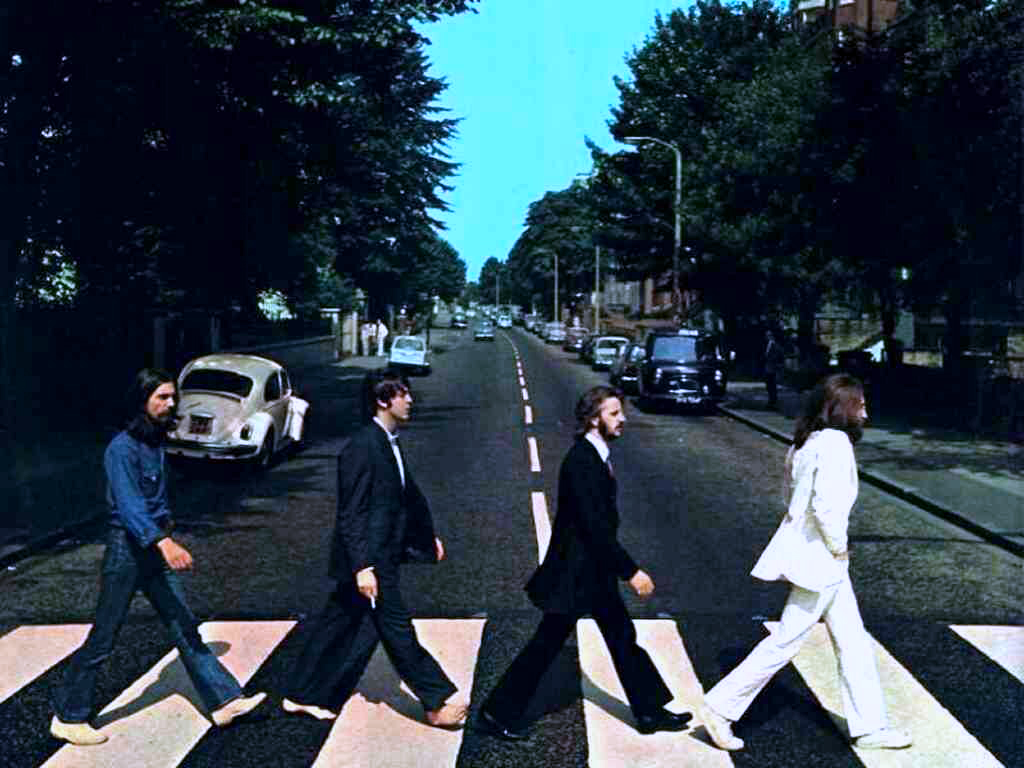
The image of The Beatles crossing Abbey Road in single file is more than just an album cover. It became one of the most visited and photographed spots in London, with fans recreating the walk daily. The simple snapshot taken by photographer Iain Macmillan became a symbol of an era, representing both the height of Beatlemania and the closing chapter of the band’s journey together.
The cover’s design also gave rise to countless theories and interpretations. Fans noticed everything from the way the band members were dressed to Paul McCartney being barefoot, sparking rumors of his death. Beyond speculation, the image captured the everyday familiarity of four global icons, reminding the world that simplicity could carry immense cultural weight.
Pink Floyd – The Dark Side of the Moon
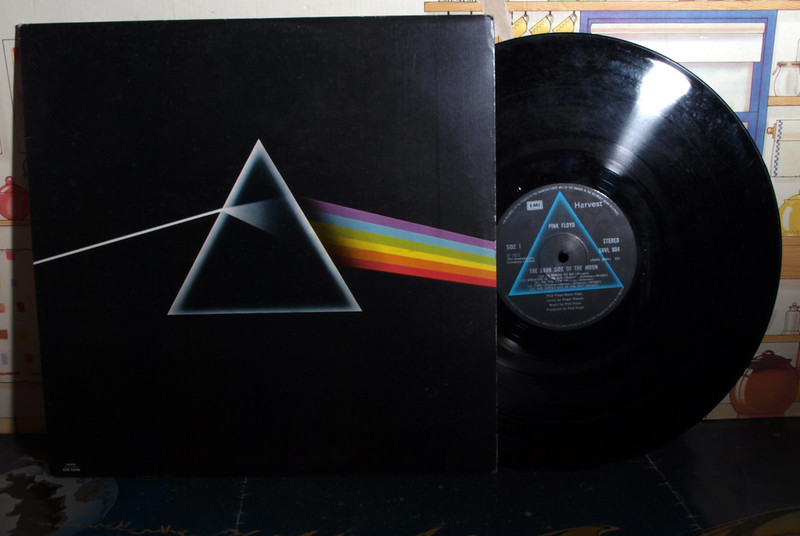
When Pink Floyd released The Dark Side of the Moon, its cover art became as legendary as the music itself. Designed by Storm Thorgerson, the prism and rainbow design stood out for its clean look and cosmic undertone. It perfectly echoed the themes of the album, which explored time, mortality, and the pressures of modern living.
The cover quickly took on a life of its own, appearing on posters, T-shirts, and murals worldwide. Unlike covers filled with photos or elaborate designs, its quiet power made it universal. Generations later, the prism remains tied to psychedelic music and serves as a visual shorthand for the entire era of progressive rock.
Nirvana – Nevermind

The cover of Nevermind shocked many when it first appeared. A baby swimming underwater while reaching for a dollar bill on a hook was an unusual and provocative choice. The band wanted something that reflected the raw honesty of their sound, and the result challenged the polished image of mainstream rock at the time.
Over the years, the photograph became symbolic of the grunge revolution. It represented a generation that was disillusioned with commercialism, while the underwater chase for money echoed the themes of greed and innocence lost. The image has been parodied and referenced endlessly, yet it still carries the same impact it had in the early 1990s.
The Velvet Underground & Nico – Self-Titled
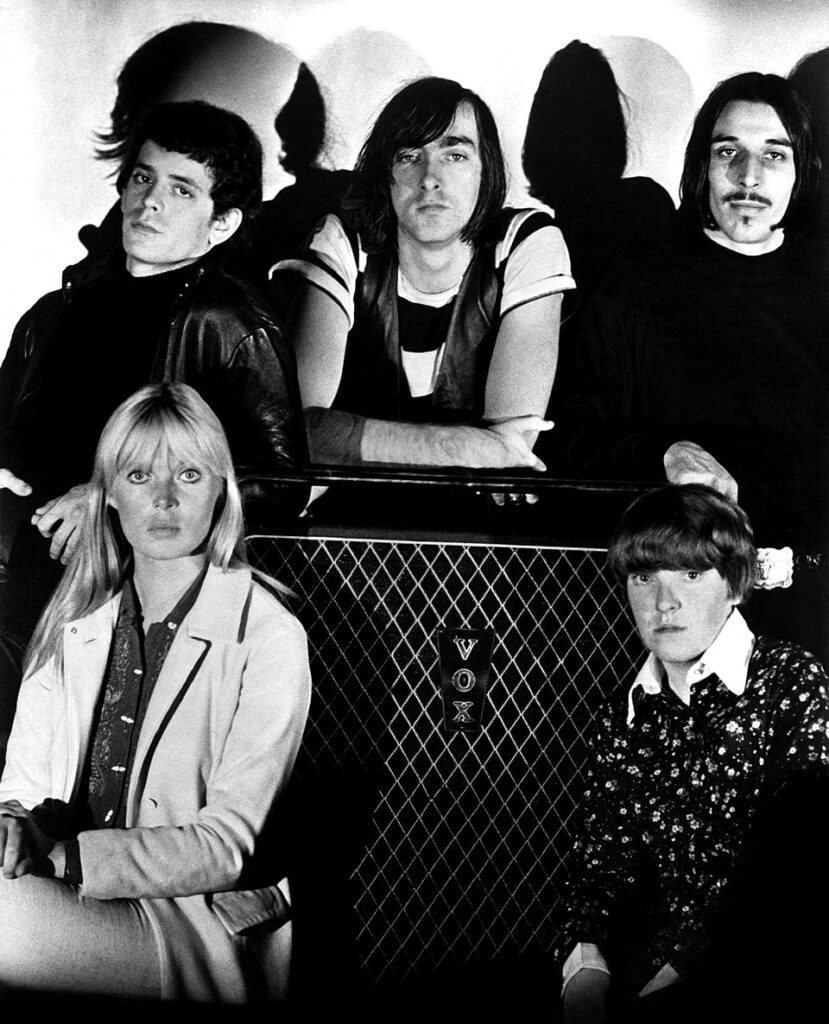
This debut album featured Andy Warhol’s famous banana design, which was both playful and subversive. At first glance, it looked simple, but it carried the weight of Warhol’s name and influence. Some original vinyl editions even included a peel-away banana skin sticker, revealing a pink fruit beneath, making it one of the most interactive covers of its time.
The banana cover became inseparable from the underground art and music scene of the 1960s. The combination of Warhol’s design and the band’s avant-garde sound positioned the record as a symbol of rebellion against mainstream culture. While the album initially sold modestly, the banana itself grew into one of the most recognizable icons of rock history. (Note that the Velvet Underground & Nico publicity photo is pictured above.)
David Bowie – Aladdin Sane
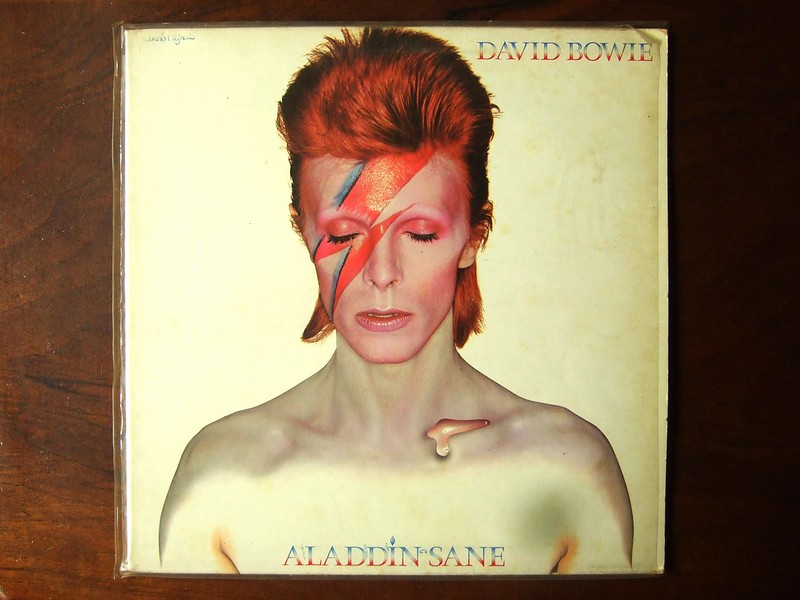
David Bowie’s Aladdin Sane introduced the world to the now-iconic lightning bolt painted across his face. Shot by photographer Brian Duffy, the striking image gave Bowie an almost alien-like presence that captured his identity as a performer who constantly reinvented himself. The cover reflected a mix of glam rock theatrics and vulnerability, with Bowie’s closed eyes and bare chest balancing the bold makeup.
Over time, the lightning bolt became more than just makeup. It turned into a global symbol of Bowie’s influence and individuality. From fashion to fan art, the cover has been celebrated for its daring visual style, marking Bowie as one of the most recognizable figures in both music and pop culture.
Fleetwood Mac – Rumours
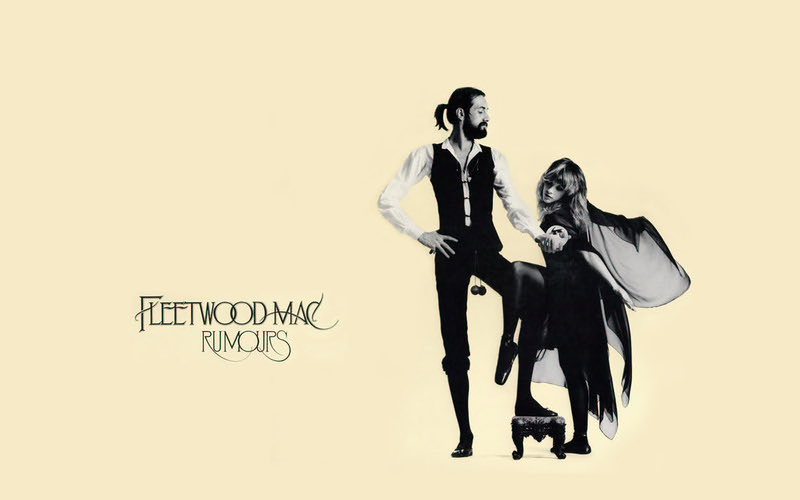
Fleetwood Mac’s Rumours featured a cover that was just as memorable as its music. The photo showed Mick Fleetwood and Stevie Nicks standing together in dramatic poses, with Fleetwood holding wooden balls dangling between his legs. The image captured both the mystical style of the band and the theatrical flair that defined their performances.
Beyond the visuals, the cover reflected the personal drama behind the record. The band was going through intense breakups and conflicts during recording, and the mysterious poses hinted at the complicated relationships. The cover became iconic because it not only looked unique but also carried a deeper connection to the turbulent emotions fueling the music.
Prince – Purple Rain
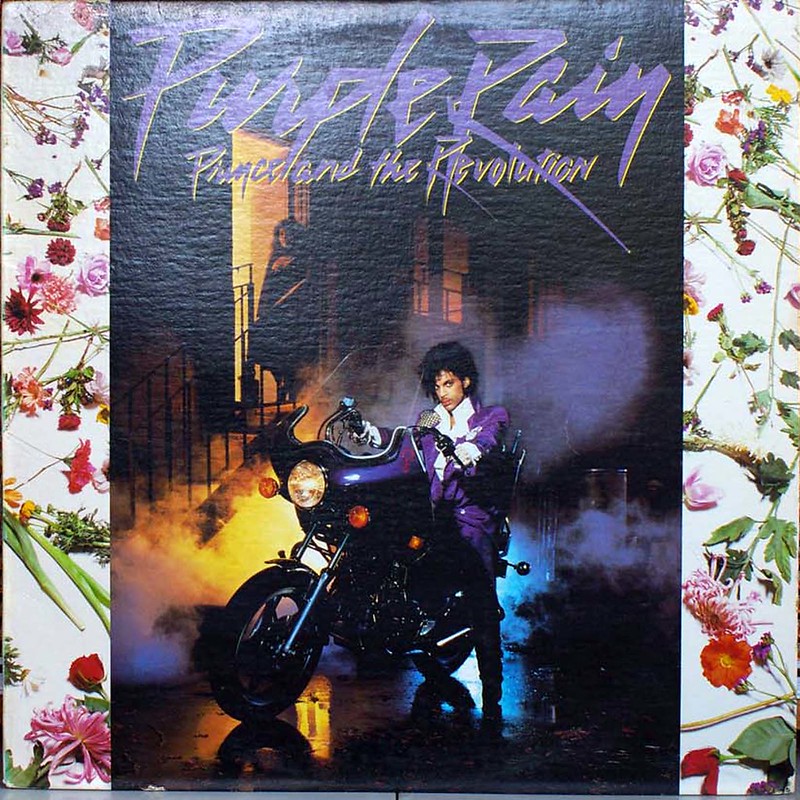
The cover of Purple Rain showed Prince on his custom purple motorcycle, dressed in an elaborate outfit that blended rock, funk, and romance. Set against a misty background with purple lighting, the image matched the drama and passion of the album’s title track. It was more than an album cover; it was a full introduction to a visual and musical world that Prince created.
The combination of music and imagery helped cement Prince as one of the most original performers of the 1980s. The cover became so iconic that purple itself became linked with his identity, eventually earning him the nickname “The Purple One.” Today, the image continues to symbolize his legacy of creativity, individuality, and fearless performance.
The Rolling Stones – Sticky Fingers
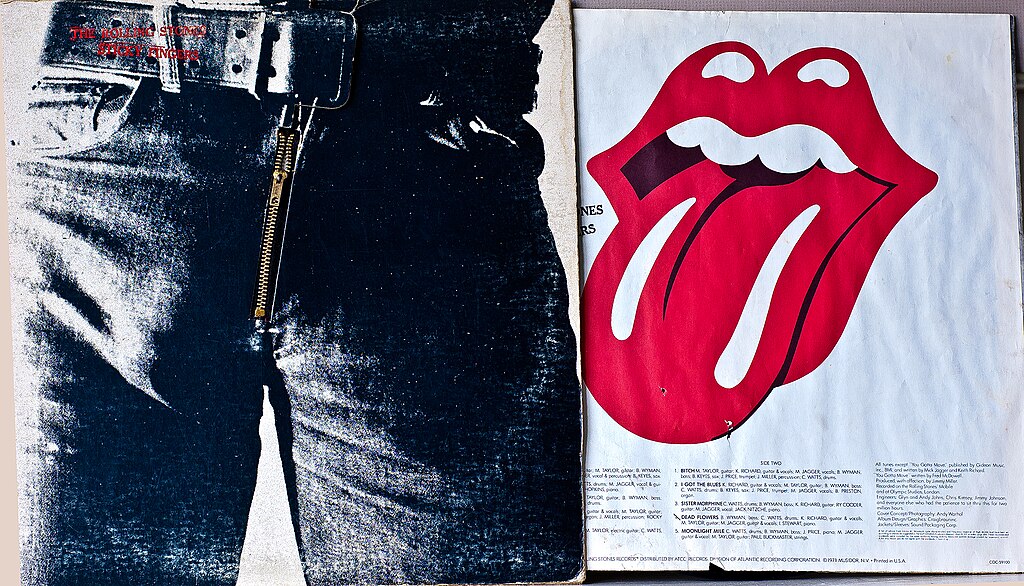
The Rolling Stones pushed boundaries with Sticky Fingers, which featured a close-up of a man’s jeans with a working zipper on the original vinyl release. Designed by Andy Warhol, the interactive cover allowed listeners to unzip the jeans, revealing a model in underwear beneath. It was considered shocking at the time but also playful, perfectly matching the rebellious spirit of the Stones.
The cover’s design became a landmark moment in rock imagery. It was among the first to combine music with interactive packaging, leaving a permanent mark on how album art could push artistic boundaries. Today, even without the working zipper, the photo stands as one of the most daring and talked-about covers of the 1970s.
Bruce Springsteen – Born in the U.S.A.
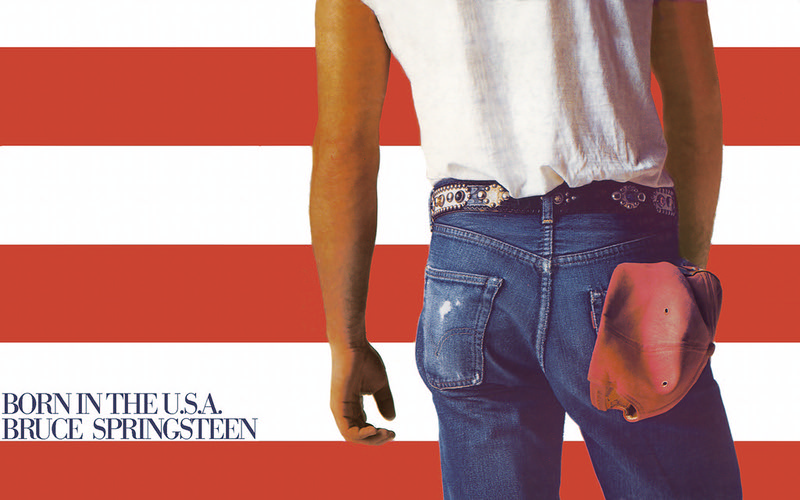
Few covers are tied so closely to American identity as Bruce Springsteen’s Born in the U.S.A. Photographed from behind, with Springsteen in jeans and a baseball cap tucked in his pocket, the image stood in front of a large American flag. It became a defining symbol of both working-class pride and the contradictions of national life.
The cover resonated deeply during the 1980s when patriotic imagery was at the forefront of culture. For many, it showed an everyday man standing against the backdrop of a complicated nation. Whether interpreted as celebratory or critical, the cover became iconic for its ability to capture America’s struggles and ideals in a single photograph.
The Clash – London Calling
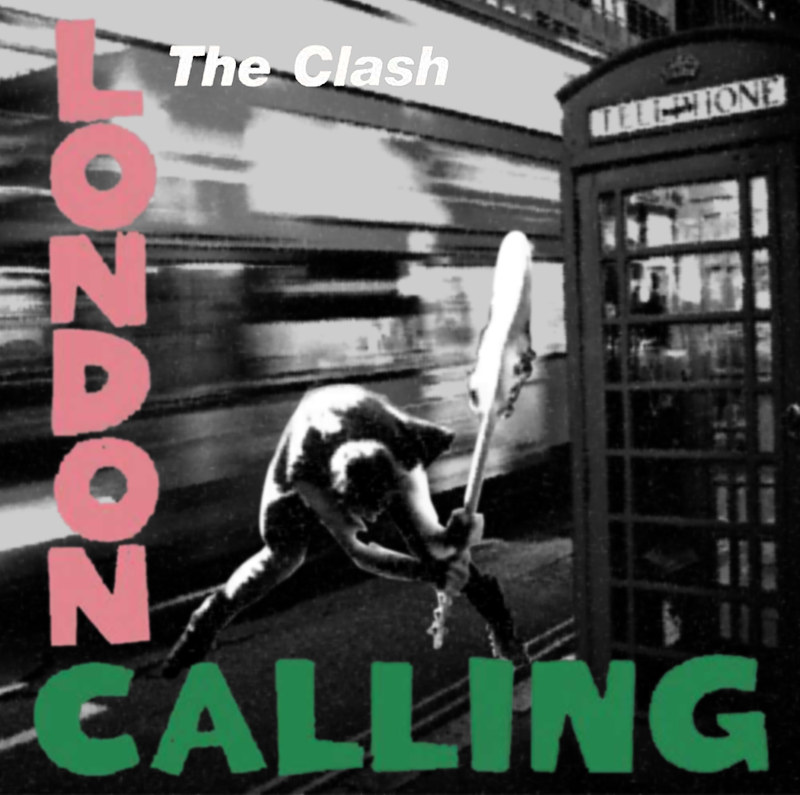
The London Calling cover featured Paul Simonon smashing his bass guitar on stage in frustration. The raw, blurry photograph taken by Pennie Smith captured the chaotic energy of punk at its peak. To reinforce its influence, the typography echoed Elvis Presley’s debut album, creating a link between two generations of musical rebellion.
This image became more than a concert snapshot. It symbolized the anger, passion, and explosiveness that defined the punk era. Decades later, the photo continues to be one of the most recognizable images in rock, often celebrated for its raw emotion and unpolished authenticity.
The Eagles – Hotel California
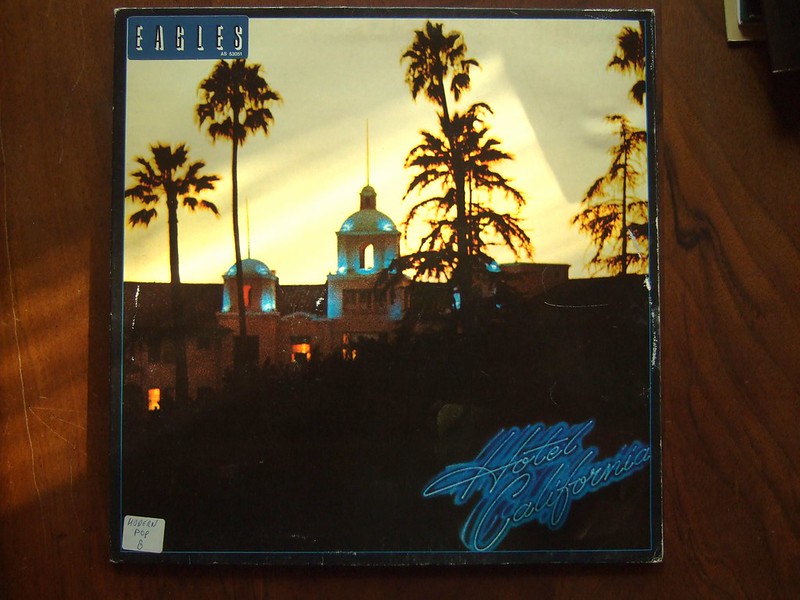
Hotel California featured a photograph of the Beverly Hills Hotel bathed in a dreamy sunset glow. The elegant, slightly surreal image reflected the themes of excess and mystery that ran through the album. Photographer David Alexander captured the building in a way that turned it into an almost mythical place.
The cover became so iconic that the hotel itself became tied to the song’s legacy. Tourists and fans often visit it to experience the visual connection. With its mix of glamour and unease, the cover perfectly mirrored the contradictions of Los Angeles life in the 1970s and helped solidify the album as a cultural touchstone.
This article originally appeared on Avocadu.
